Calisthenics beginners all experience the same frustration.
You feel like a new world opens up to you. Like a kid in a candy store.
But when you try the moves you see online…it kinda sucks. Something is missing. You just can’t seem do some exercises.
And it doesn’t feel like you’ll be able to do them any time soon.
It makes you want to cry.
Like the same kid that sees his ice cream fall on a pile of dirt after the first lick of the cone.
Increasing your level of calisthenics skill may feel like a difficult, perhaps even impossible journey.
But when you realise that flexibility is strength, that agonising road to be less stiff turns into a fun trip.
While experimenting with increasing your hamstring flexibility. You’ll discover that it opens many doors, not just windows.
You’ll stand out. Strong AND flexible.
Want to know how you can start loosening up those tight hamstrings?
How to open the door to the calisthenics candy store?
11 Things Don’t Know About Hamstring Flexibility
Before we start I want to explain why you need to focus on your hamstring flexibility and flexibility in general if you haven’t yet.
And how you can get your hands flat on the floor.
With your legs straight.
Not every now and then after a warming up, I mean consistently.
There are 11 things you need to know first:
- People are born flexible with full range of motion in their joints in most cases. Yes, you used to be able to do the front split/mid split with a smile as a baby.
- Flexibility has very little to do with actual muscle length, but much more with the stress reflex of the nervous system. Stop telling yourself you have short muscles, because you don’t.
- A large degree of flexibility can be regained through the right routines no matter what your age is. I’ve seen people age 40 and up achieve full front pike flexibility in less than a year.
- A functional degree of flexibility will reduce your chances of injury. Too much flexibility however can increase your chances of injury.
- Flexibility and strength are two sides of the same coin and not exclusive.
- Elevated tissue temperature increases the amount of elongation obtained from a stretch. Use long and warm clothes when stretching or do it in a warm room for better results.
- Lack of flexibility means lack of strength in the range of motion that has been lost. If you don’t use it you lose it.
- Tightening your face while you are stretching will tighten the rest of your body, so keep your face relaxed. Your entire body works as 1 big system. Tension in any area influences the ability to relax in other areas.
- Deep breaths calm down the reaction of your nervous system, which will allow you to deepen your stretch. Try taking 3-5 deep breaths right now, you’ll experience an instant calming effect. There are a lot of traditional breathing techniques which support this.
- People who are put under anaesthesia regain most of their flexibility while unconscious, once conscious again they stiffen up. Ever experienced a higher level of flexibility after a few shots of vodka? Waking up to realise the next morning that you actually couldn’t do a split? Or that your ankle isn’t supposed to fold like a news paper? Alcohol has an anesthetic effect.
- The best athletes on this planet are both flexible and strong, not one or the other. Take a look at olympic gymnasts, powerlifters, fighters etc. Although they have specialised themselves in certain areas.
You might not believe all of these 11 shockers, I didn’t.
That was until I started working on my flexibility consistently.
My strength went through the roof.
It’s primarily because you can combine more moves such as an L-sit to a handstand.
If you are a beginner this probably isn’t something you need to worry about yet, but it’s definitely something you’ll need to keep in mind.
So let’s get started with the real stuff.
Hamstring flexibility drills.
How To Increase Your Hamstring Flexibility With Calisthenics
While I have included some repetitions and durations, when it comes to stretching the most important thing is that you have to do what’s feels good, while at the same time reaching for a position.
Using more force isn’t necessarily better and breathing through and while you are getting into a deep stretch is essential.
In addition to all this information, the frequency at which you stretch certain areas of your body depends on your age.
The younger you are, the easier it will be for you to regain flexibility in general.
During the remaining days focus on maintaining your flexibility by entering the stretch position every now and then during the day to make this range of motion normal to your body again.
Do it without force on ‘maintenance days’.
Make sure you manage your expectations.
Take a 4-6 week cycle for this series and make a re-evaluation after those 6 weeks.
This will give your body a reasonable period of adaptation which will indicate whether or not you need to change up things.
Let’s start stretching…
The standing front pike is one of the first things you need to regain your flexibility in as a beginner, to both prevent injuries of the spine and to increase your overall ability to progress.
Enjoy!
Prerequisite
As mentioned in the 11 shocking things you didn’t know yet, it’s important to prime your body for more flexibility by properly warming up.
In order to prevent any injuries I have included both warming up and flexibility increasing exercises at the start of this routine.
Still, it’s important to have a solid 3-5 minute warm up.
I personally prefer rope jumping or running, followed by some wrist exercises, but use whatever works for you.
1. Ostrich Walk
Main goal: Dynamically increasing hamstring flexibility and opening up the lower back for a stronger forward bend.
1) Start by keeping your leg straight, depending on your flexibility you might want to use a light bend.
2) Lean forward and bounce your hands as close to the floor a possible.
3) Take a step forward with every bounce and try to keep your back as straight as possible.
4) Exhale as you go down, this will allow you to go deeper.
Repetitions 36-72 repetitions
2. Elephant Walk
Main goal: Slowly exploring hamstring range while at the same time building active strength.
1) Start by keeping your leg straight, depending on your flexibility you might want to use a light bend.
2) Adopt a left hand, right foot, right foot left hand movement.
3) Take a step forward with your right foot and left hand, place your right foot as close to your right hand as possible. Then take a step with your left foot and right hand, place your left foot to your left hand as close as possible.
4) Exhale with every step, this will allow you to go deeper.
Repetitions 36-72 repetitions
3. Forward Spine Bend
Main goal: Increasing lower back flexibility to fold forward.
1) Interlock your arms underneath your legs while trying to bring your head to your chest.
2) At the same time start pulling from your arms while trying to bring your head closer to your chest.
3) Take 3-4 deep breaths during this stretch and every time you breathe out increase your depth.
4) The stretch reflex will come in a waving pattern, slowly increasing over time, as you reach your highest pain threshold breathe in deeply and exhale fully.
Hold for 60-180 seconds
4. Sitting Pike Bent Knees
Main goal: Slowly exploring hamstring range and using the added lower back flexibility from the previous stretch.
1) Grab your toes with your hands by bending your knees, try to keep your back as straight as possible.
2) Slowly try to straighten your legs one by one or both.
3) Take 3-4 deep breaths during this stretch and every time you breathe out increase your depth.
4) The stretch reflex will come in a waving pattern, slowly increasing over time, as you reach your highest pain threshold breathe in deeply and exhale fully.
Hold for 60-180 seconds
5. Good Mornings
Main goal: Slowly exploring hamstring range while at the same time building active strength.
1) Start by keeping your leg straight, do not bend at all.
2) Keep your back completely straight and slowly bring your chest to your toes while keeping your back completely straight and looking forward.
3) Hold your hands in front of your chest.
4) Exhale while going down and find the point at which your lower back starts bending. Stop there and move up again. This might be a very small movement, depending on your current flexibility.
10 repetitions and hold final position for 10 seconds. Repeat 3 times.
6. Passive Forward Lean
Main goal: Slowly exploring hamstring range while at the same time relaxing the body into a deeper position.
1) Start by keeping your leg straight, if you need to you can use a slight bend.
2) Lean forward and allow your back to round.
3) Use the weight of your head by bending down and relaxing your ams to increase the depth of your stretch.
4) Slowly explore your depth, move a bit, bounce and explore how deep you can go without forcing it too much.
5) Take 3-4 deep breaths during this stretch and every time you breathe out focus on relaxing the hamstrings and lower back.
6) The stretch reflex will come in a waving pattern, slowly increasing over time, as you reach your highest pain threshold breathe in deeply and exhale fully. This exercise is great to use on maintenance days.
30 second hold and repeat 3 times
7. Full Standing Pike Position
Main goal: Slowly exploring hamstring range while at the same time actively forcing the end range of the hamstrings.
1) Start by keeping your leg straight, if you need to you can use a slight bend.
2) Lean forward and allow your back to round.
3) Grab behind your ankles or knees while pushing your chest to your toes as much as possible.
4) Increase the stretch by pulling with your hands.
5) Take 3-4 deep breaths during this stretch and every time you breathe out focus on relaxing the hamstrings and lower back.
6) The stretch reflex will come in a waving pattern, slowly increasing over time, as you reach your highest pain threshold breathe in deeply and exhale fully.
7) Important: After this, lay on the ground flat on your back, put your knees together and move them from side to side to remove residue tension
Hold final position for 10-60 seconds, repeat 3 times.
Increase Your Flexibility To Get Access To High Level Calisthenics Skills
Look around, slowly slide your hand over the side of your leg and quickly grab your cone while nobody is watching.
Wipe off the layer of dust, just like you’ll need to wipe off that layer of dust covering those unused hamstrings of yours.
I know, your years of living a non-flexible life have put you into a tight suit.
But that doesn’t mean you need to stay in that suit and accept it as your permanent body.
Can you increase your flexibility at an old age? Yes.
Does being inflexible mean that you will be inflexible for the rest of your life? No.
Use these exercises to the door to flexible hamstrings and you’ll find yourself feeling like a kid in a calisthenics candy store again.
New skills everywhere.
Beast mode ON!
PS. Kit Laughlin has some great resources on hamstring flexibility for calisthenics.
Now I’d like to hear from you:
Did you like this post?
Or maybe you have a question.
Either way, make sure you get your download and leave a quick comment below right now.

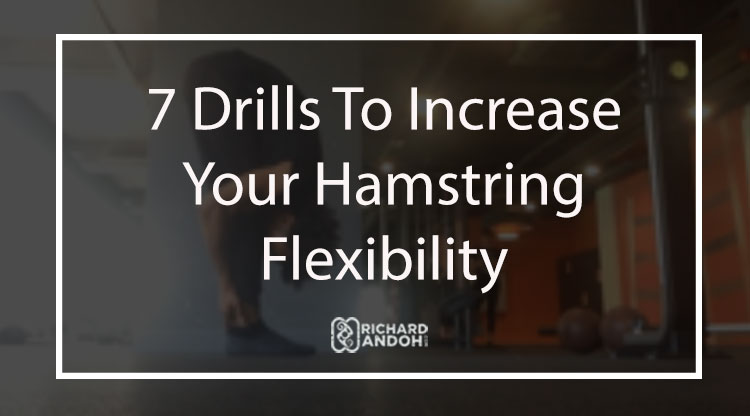
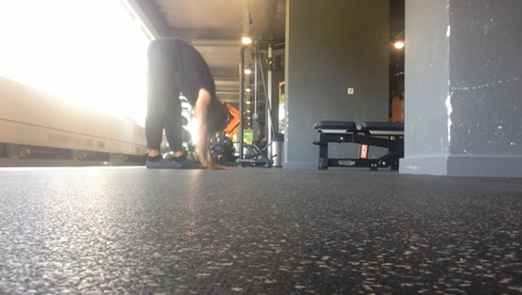
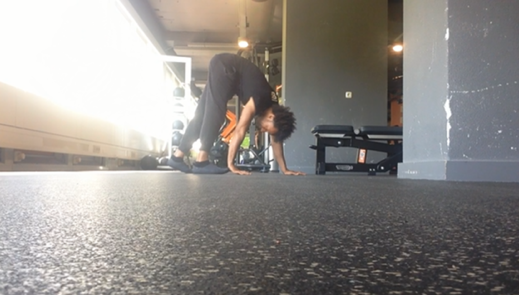
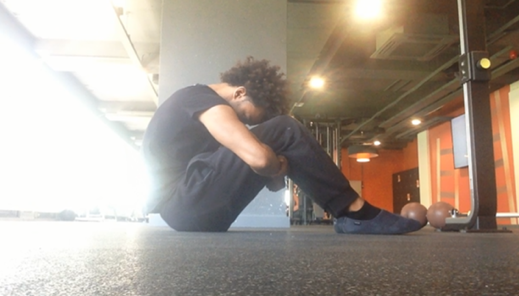
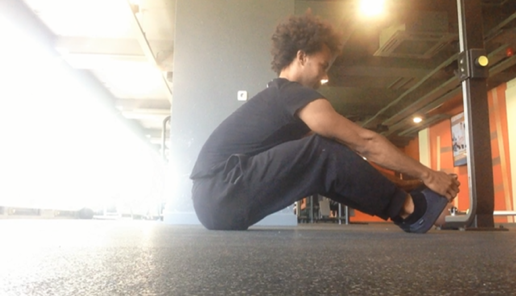
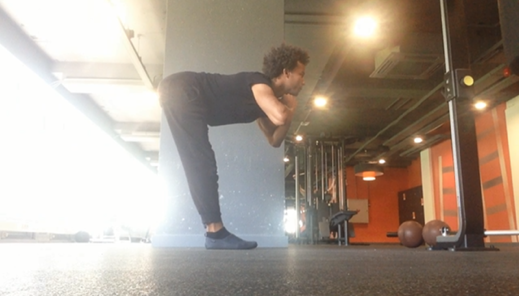
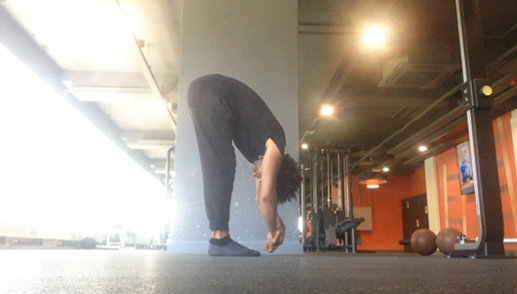
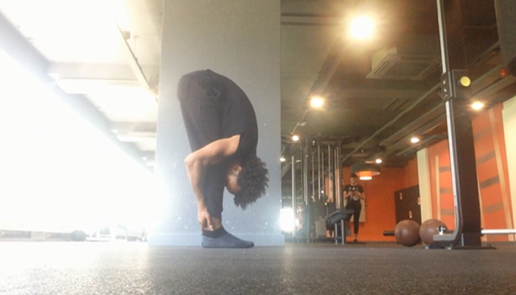
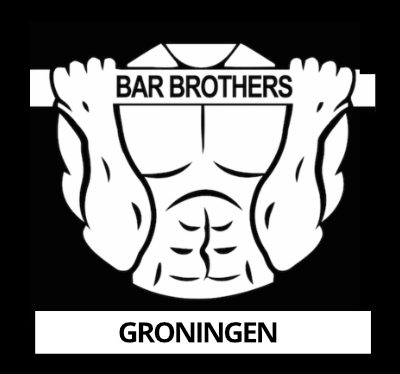
Good to know that flexibility is also one of the important detailed on achieving few calisthenic exercise that required more flex
Hey Alwin,
It definitely is!
Keep up the good work.
Beast mode ON!
Thanks Rich. I’ve found this really fascinating I would have never made the connection between strength and flexibility. At the age of 49 I have found myself becoming really inflexible from years of weight training and bad form during exercise. Your guides have inspired me to move to calisthenics and take up a healthier lifestyle. Keep up the good work
Hey Michael,
I highly appreciate your comment!
I know, it takes someone to point it out to you. I’ve made the same mistake.
Hope this injects some more motion into your body. I know many guys your age who do front pikes without warming up, so don’t worry about the age. It’s just a title, it does not define you.
Beast mode ON!
Hi Rich!
Will my flexibility go faster if I do this every day? Or is it better to do it 3 – 4 times a week?
And will it be a problem to do the weighted stretch daily as well?
Thanks a lot for all your cool blogs and tips they are very motivating and fun to read!!
Hey Danny,
Great question.
More isn’t better in this case. Just like regular strength training, working on flexibility requires you to have plenty of recovery time.
Stick to 3-4 times a week. If you feel like you aren’t progressing any more or are too sore, reduce the frequency. This might allow you to open up new ranges if you do it every now and then. It’s a matter of experimentation and depends on how allowing your body is towards accepting new ranges of motion.
That’s a big compliment and thanks a ton for your comment.
Hope this helps you on your journey.
Beast mode ON!
Danny,
I’m just about to start the 6 month beginners program, my flexibility’s not great ,should I do this in between the beginner program on rest days?
Nick (46)
Hey Nick,
Great stuff!
That’s an option, or you can do it in addition to your strength work.
It depends on your goals and the amount of time you are willing to invest ;).
Beast mode ON!
Thanks for putting this all together Rich – great stuff that you’re making available here!
Hey AJ,
More than welcome.
Hope it helps!
Goodluck
This is a great post and I’m glad you posted it. I’m always looking for ways to improve because i am a beginner.
Hey Rachel,
Hope you enjoy it!
Goodluck!
Hey Rich, fantastic post! I had no idea the inportance of stretching!! I have a question regarding stretching though. Is upper body stretching needed as well? If so, what would you suggest?
Thanks for the post!!
Hey Daniel,
Haha, well now you do.
Yes, definitely. There are many tools, you can find some on the blog.
http://www.barbrothersgroningen.com/flexibility-workout-plan-calisthenics/
There are 3 areas that will give you most bang for your buck: Hips, shoulders and spine.
*Fist bump*
hey rich again for the thousandth time awesome work really helping us out
just i wanted to know
how am i supposed to do this routine ?
like should i do it in cycles ? or every single exercise alone ?
if the 1st one how should this routine cycle look like ?
if the 2nd one should i take a rest between every exercise and the other one or do them continuously ?
i hope you’re able to get it
and very super thanks for the great effort of yours man
Hi Rich! Just writing to thank you for providing this inspiration. I always felt that my hamstrings and lower back were a weak point for me but really working through this and understanding the stretch reflex patterns allowed me to realize how much I was just not allowing myself to extend to my optimal capacity. You have given me a new motivation!
Hey Ian,
Great to read! Thanks for sharing your experience, being stiff doesn’t mean you have to remain that way for the rest of your life ;).
Keep up the good work!
*Fist bump*
Hi Rich,
That’s a major ordeal I need to overcome , flexibility is the only obstacle that hampers my becoming an efficient athlete.
Unfortunately, I had to learn the importance of hamstring flexibility and hip mobility the hardway : hamstring pulling on both legs (about 2-3 inches long / 5 cm and a half-inch wide/1 cm). Any caveat or adaptation I should know about before starting these flexibility exercises ? I might add that today, my harmstrings are fully functional, only scars remain. I’m really careful about the warm up before engaging in a sprint and I never ran a a 70-yard dash at full speed again, like I did the day the injury happened.
Thank you,
Hey Sam,
Great question!
Considering your injury history it’s clear that it is a BIG component which you should focus on. Take it slow, give yourself time and keep in mind that it’s not about muscle length, it’s about your nervous system being overprotective and weakness in end-range.
Think in terms of months, to see progress, not weeks or days. Goodluck brother!
*Fist bump*